

Ben Zachariah
Video: Off-road battle for Beer O’Clock Hill has automakers scrambling
11 Hours Ago
Look out, Tesla: Mercedes-Benz is expanding battery production and quadrupling its electric vehicle range over the next two years.

News Editor
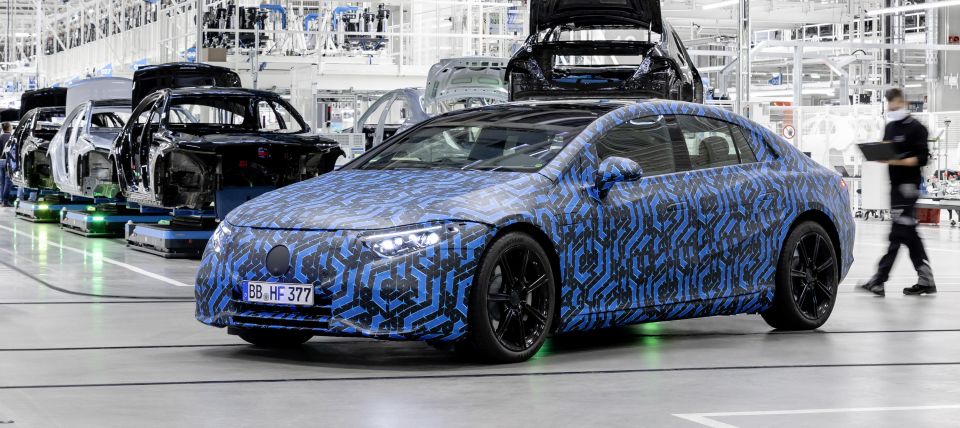

News Editor
It’s going to be a busy 2021 and 2022 for Mercedes-Benz.
The first of its vehicles on the new Electric Vehicle Architecture, the EQS, will enter production in the first half of next year alongside the S-Class at the company’s plant in Sindelfingen, Germany.
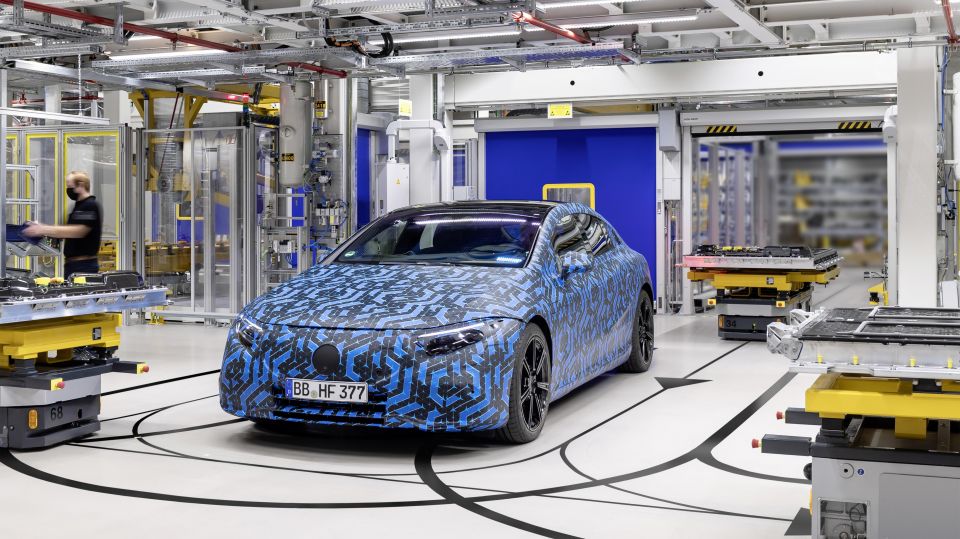
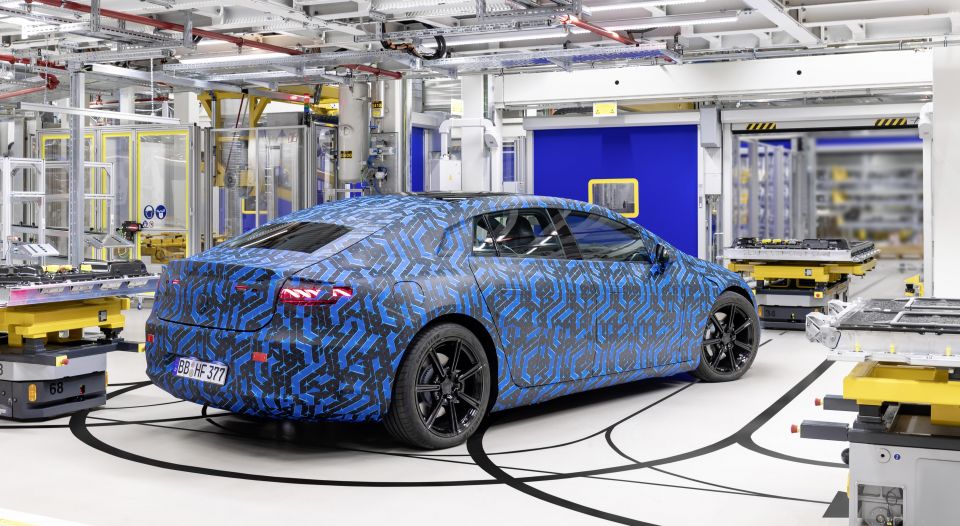
The start of production for the EQS sets off a chain of electric vehicle introductions.
The EQA and EQB will begin production next year, based on the GLA and GLB, respectively. While both will be produced in Beijing, the EQA will also be manufactured at the company’s plant in Rastatt, Germany while the EQB will enter production in Kecskemét, Hungary.

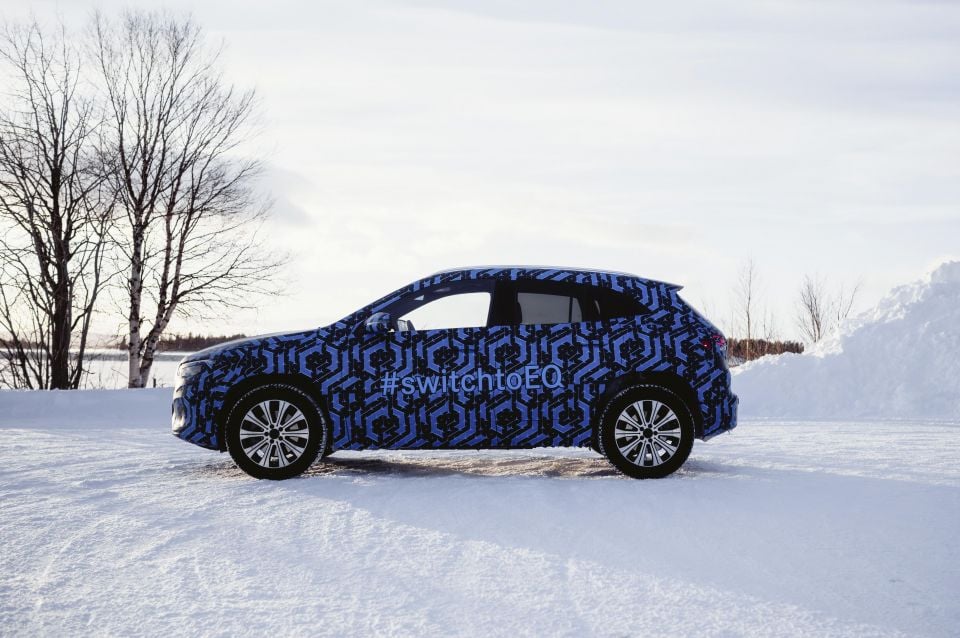
The company’s Smart factory in Hambach, France had previously been mooted for EQA and EQB production until Mercedes sold it to Ineos.
The EVA-underpinned EQE sedan also enters production next year in both Bremen, Germany and Beijing, while its EQE SUV and EQS SUV platform-mates will start rolling off the Tuscaloosa assembly line in2022.
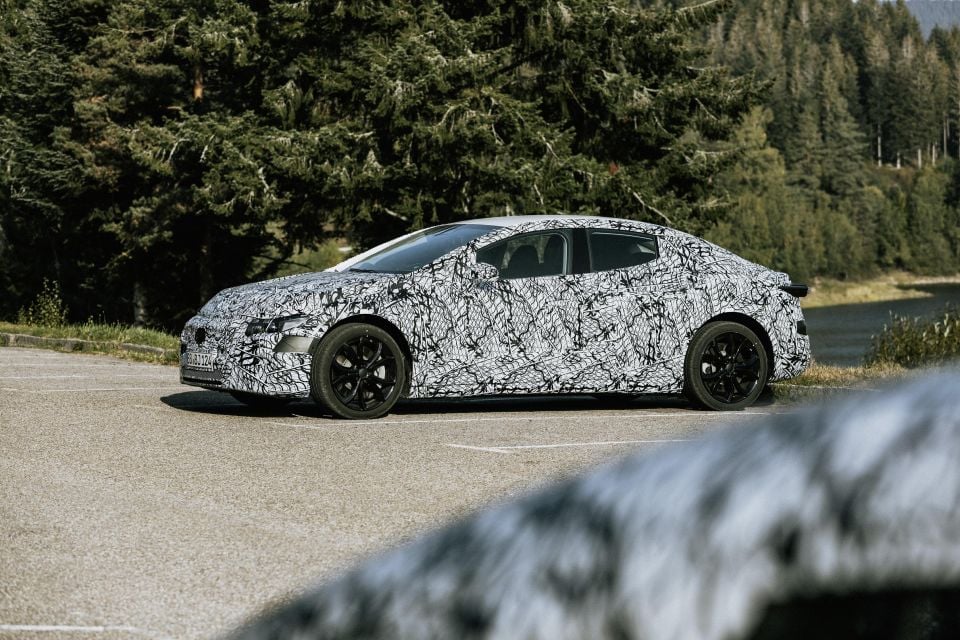
All Chinese-produced models will be for Chinese consumption only.
The company is also spreading battery production over five countries: the USA, China, Thailand, Poland and Germany.
Mercedes-Benz’s current electric vehicle line-up consists of the EQC, manufactured in Bremen and Beijing, and the EQV, manufactured in Vitoria, Spain.
The former was introduced in 2019 and came here late last year, while the latter entered production this year but has yet to be confirmed for Australia.
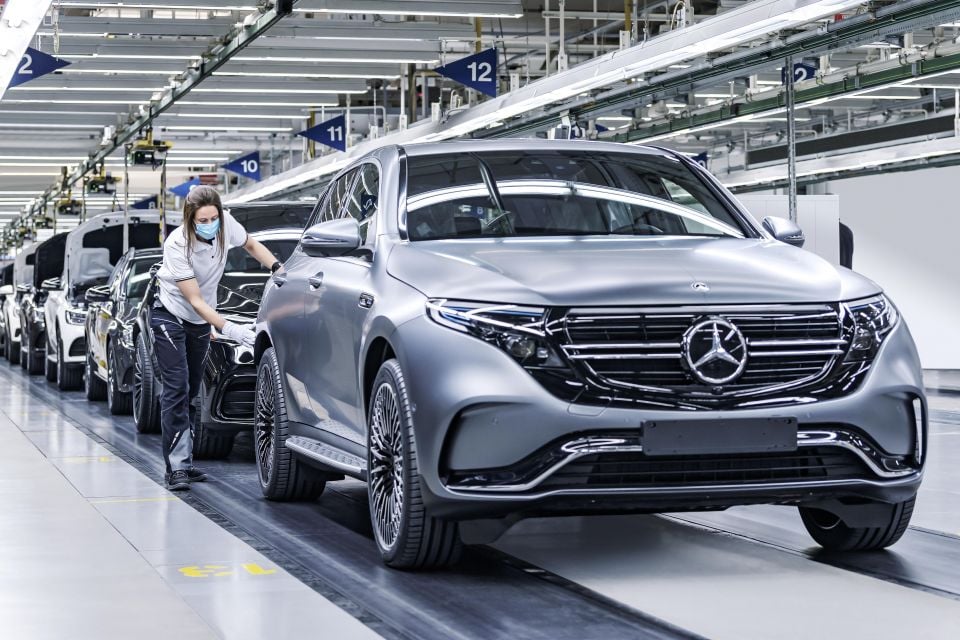
By building electric vehicles at plants that currently produce internal combustion engine-powered vehicles, Mercedes says it’ll be able to more easily increase the share of all-electric vehicles it produces.
By 2030, it aims to have plug-in hybrid and battery-electric vehicles account for more than half its sales.
To help reach that goal, Mercedes-Benz will expand its plug-in hybrid portfolio from 20 variants to 25 by 2025.
Beyond manufacturing lower or zero-emissions vehicles, Mercedes-Benz also aims to have all its factories be CO₂ neutral by 2022.
Audi, BMW and Mercedes-Benz have all entered the electric vehicle market with electric versions of internal combustion engine platforms but they’re taking different approaches moving forward.
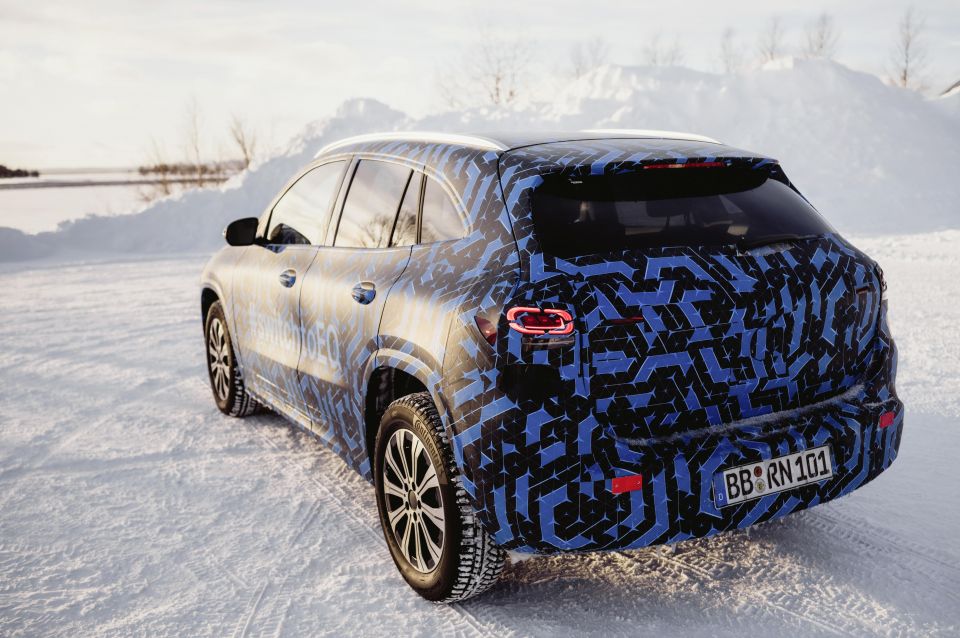
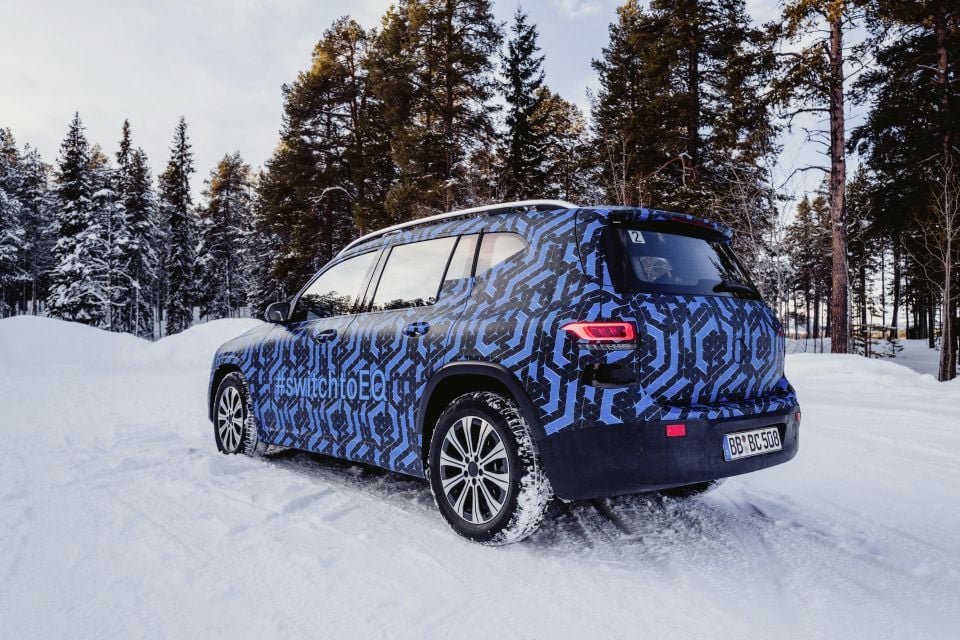
BMW is rolling out electric versions of much of its internal-combustion range, including the X3-based iX3 and 4 Series Gran Coupe-based i4. Moving forward, it’ll have one dedicated EV platform that is being used exclusively for the iX.
Audi first introduced its E-Tron on the petrol and diesel MLB evo platform and is following it up with vehicles on three dedicated EV platforms: MEB for smaller models, J1 for the sporty E-Tron GT, and PPE for larger models.
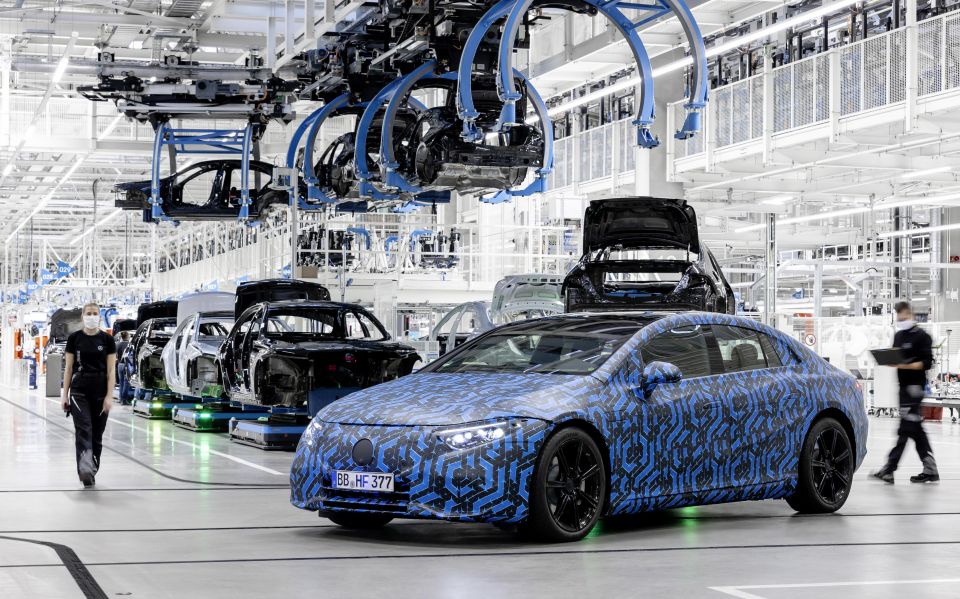
Mercedes-Benz’s strategy is somewhere in the middle, with a mix of combustion-based EVs (EQA, EQB etc) and models on an all-new EV platform like the EQS.
The EQS, the brand’s electric flagship, will be just as luxurious as the S-Class but have up to 700km of electric range under the stricter WLTP measures.
The Vision EQS concept that previewed it had the same claimed range, plus a 100kWh lithium-ion battery and a 0-100km/h time of 4.5 seconds.
Where expert car reviews meet expert car buying – CarExpert gives you trusted advice, personalised service and real savings on your next new car.
William Stopford is an automotive journalist with a passion for mainstream cars, automotive history and overseas auto markets.


Ben Zachariah
11 Hours Ago


CarExpert.com.au
19 Hours Ago


Damion Smy
1 Day Ago


Damion Smy
1 Day Ago


Damion Smy
2 Days Ago


Damion Smy
2 Days Ago